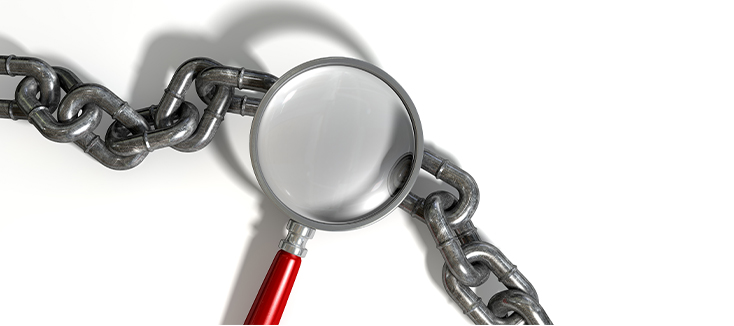When reprocessing transesophageal echocardiogram (TEE) ultrasound probes, sometimes the numerous steps can feel overwhelming. When reviewing the steps, one might think that since Cleaning and High-Level Disinfection seem similar, perhaps one might be skipped. Do not make this mistake! Both cleaning and high-level disinfection are critical to properly reprocessing a TEE probe and preventing the spread of healthcare associated infections (HAIs).
Cleaning is a process that rinses the TEE probe of the bedside cleaning solution and then allows the probe to soak in an enzymatic bath, safely eliminating proteinaceous contamination and lipids. The American Institute of Ultrasound in Medicine (AIUM) states that cleaning is required in all cases when reprocessing probes, “ even if a disposable barrier covers the instrument during use.” Cleaning is of the utmost importance because it removes organic and inorganic residue that may remain on the probe’s shaft and prevent the efficacy of the disinfection. If any of that residue is left on the shaft, it may develop into a biofilm, becoming nearly impossible to remove, and making high-level disinfection ineffective.
High-level disinfection is required for all semi-critical devices, which is the category TEE probes fall under according to the Spaulding Classification. High-level disinfection is a process by which, “all microorganisms except bacterial spores,” are removed or destroyed from a medical device. The removal of these microorganisms is an integral part of protecting patients from contracting HAIs. Once a probe has been high-level disinfected, it can be dried and stored for reuse on another patient.
Up until now, healthcare professionals have had to manually clean, rinse, dry, and high-level disinfect TEE probes. In order to ease that burden on facilities and help lower the spread of HAIs, CS Medical has developed TEEClean® Automated TEE Probe Cleaner Disinfector. With its exclusive design, TEEClean is able to both clean and high-level disinfect bedside-cleaned TEE probes using an automated process. This simplifies these processes, helping to mitigate the risks posed by human error and prevent the spread of HAIs.
Whenever reprocessing TEE probes, or any other medical devices, never skip a single step. Every step is vitally important and helps ensure that patients get healthy and stay healthy.


